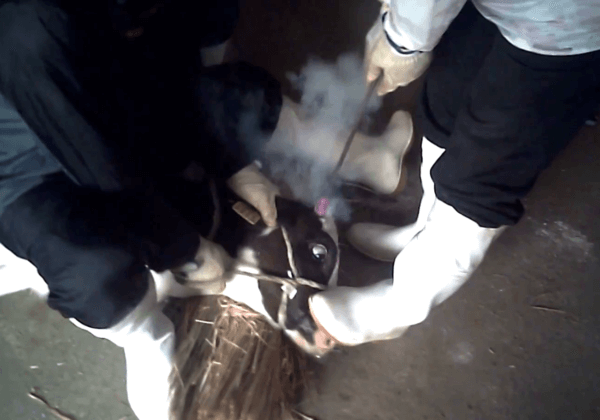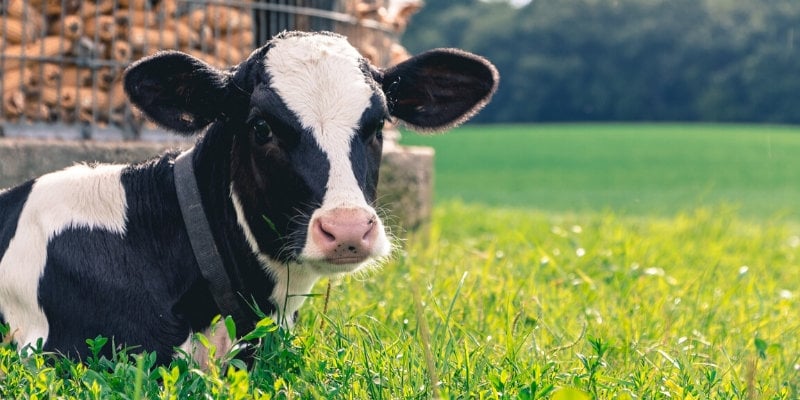No Meat on Your Feet!
Whether you’re new to vegetarianism or haven’t touched flesh in years, there is one question you will always be asked: “But you wear leather shoes, don’t you?”
Here’s a brief guide to cruelty-free shoes, so you can answer any footwear interrogation confidently and guilt-free!
First, you need to make sure that you know what is considered vegetarian-friendly and what is not. Any product that comes from an exploited animal is not cruelty-free. So that means you should avoid not only leather, suede, and fur but also wool-trimmed boots or shoes.
Sometimes it isn’t easy to know what a shoe is really made of. These days, you have composition leather, synthetic leather, lorica, and a whole host of other terms to muddle through! Almost all shoes have a list of materials on a label stitched to the underside of the tongue or stuck to the inside of the sole in sandals.
So let’s look at what’s in and what’s out when it comes to cruelty-free, vegetarian shoes. You’re safe with shoes made from lorica or Gore-Tex; pvc (acrylic) or polyurethane; vinyl, leatherette, or pleather; Naugahyde; synthetic or imitation leather; and, of course, hemp, canvas, and cotton. Faux-fur or faux-suede shoes are also good to walk out the door in!
Obviously, on the “bad” list is anything labeled as leather, full-grain leather, genuine leather, fur, suede, or wool. But you also need to watch out for composition leather (made up of leather cast-offs mixed with other materials), aniline leather (soaked leather), and PU coated leather (unlike PU synthetic leather, this is real leather with a plastic coating).
For vegetarians who want to make sure that their shoes are cruelty-free, there are still plenty of options. You can buy online from vegan companies, visit the PETA Mall, or contact the shoe manufacturer directly to find out what their shoes are really made of.
Don’t let your footwear get the better of you! Pledge that the only skin you’re in is your own!
Posted by Claire Fryer










